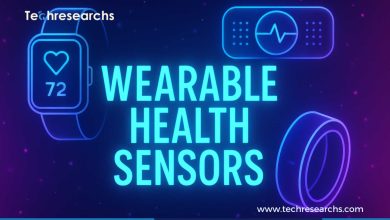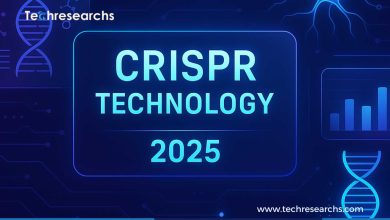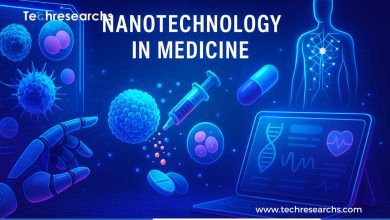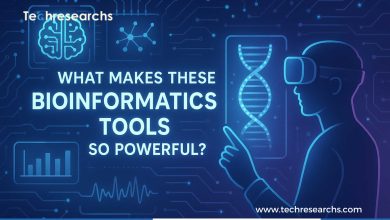Nanotech in 2025: Big Changes at a Tiny Scale
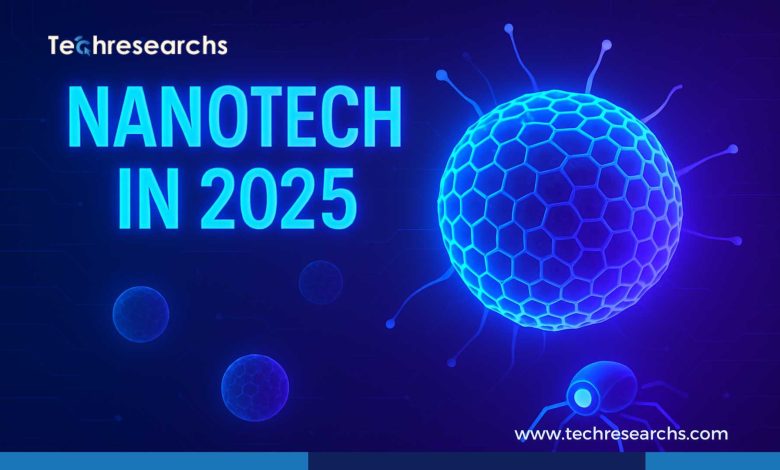
Tiny Innovations, Big Possibilities
In recent years, the world has witnessed a dramatic evolution in material science and engineering. Among the most fascinating of these is nanotechnology. In 2025, nanotech is quietly revolutionizing key industries, offering improvements in health care, energy, and electronics. This technology manipulates matter at a scale so small that it operates at the molecular or even atomic level. With such precision, the outcomes are both powerful and promising.
Breakthroughs in Medical Treatments
Healthcare has significantly advanced thanks to nanoscale developments. Medical professionals now use specialized particles to target diseases like cancer more accurately. These tiny agents can find and bind to affected cells, delivering medication directly where it’s needed and reducing harmful side effects.
Other applications include:
- Regenerative medicine using nano-engineered scaffolds
- Real-time monitoring of chronic conditions through nanosensors
- Minimally invasive surgeries using nano-tools
Such advances are making treatments safer, more efficient, and more personalized.
Energy Efficiency and Sustainability
The energy sector has also been transformed. Innovations at the nanoscale are making energy production cleaner and storage more effective. Solar panels treated with nanomaterials are now more efficient, absorbing light across a broader spectrum.
Noteworthy developments:
- Advanced battery technologies using nanostructures
- Hydrogen production with nanoscale catalysts
- Better insulation materials for buildings
These innovations contribute to sustainable energy practices and lower carbon emissions.
Advancements in Material Science
Engineers have developed materials that are stronger, lighter, and more durable, all thanks to nanoscale design. Some materials can even adapt to their environment. These innovations are increasingly used in aviation, construction, and sports equipment.
Examples include:
- Lightweight carbon nanotubes for aerospace
- Smart fabrics that adjust to temperature
- Anti-scratch, anti-corrosion coatings for infrastructure
Such enhancements improve durability while reducing resource consumption.
Transforming Consumer Electronics
Our electronic devices have become smaller yet more powerful, thanks to miniaturized components. From smartphones to smartwatches, nanomaterials play a crucial role in creating high-speed processors and energy-saving displays.
Emerging technologies:
- Quantum dot displays with superior clarity
- Nano-coated screens for scratch resistance
- Miniature sensors improving wearable device functionality
These features contribute to longer-lasting, more responsive gadgets.
Safety, Ethics, and Regulation
Despite its promise, there are concerns surrounding nanotechnology. Because particles are so small, they may interact with human cells in unpredictable ways. Long-term exposure and environmental impacts are still being studied.
Current challenges include:
- Establishing international safety standards
- Gaining public trust
- Balancing innovation with ethical considerations
Policymakers and researchers must work together to ensure nanotechnology is used responsibly.
Comparison Table: Nanotech vs. Traditional Methods
| Field | Traditional Methods | Nano-Enabled Approaches |
|---|---|---|
| Medicine | General drug delivery | Targeted, localized drug release |
| Energy | Standard solar cells | Nano-enhanced high-efficiency cells |
| Electronics | Bulk silicon chips | Ultra-small transistors and sensors |
| Construction | Conventional steel and concrete | Smart, self-healing materials |
| Environment | Chemical filtration | Nanomaterial-based water and air filters |
Cross-Industry Adoption
Many sectors are integrating nanoscale technologies:
- Automotive: Enhancing battery range and durability
- Food: Improving packaging and shelf life with antimicrobial coatings
- Agriculture: Using nano-fertilizers for better yield with less waste
Each of these use cases highlights the diverse potential of nanoscale engineering.
What the Future Holds
As research progresses, the next frontier involves combining nanotech with artificial intelligence and biotechnology. Smart nanodevices could autonomously detect, react, and adapt to changes in real time, whether in the human body or industrial systems.
Looking ahead:
- Smarter diagnostics and preventive medicine
- Nano-IoT systems for smart cities
- Next-generation environmental monitoring tools
The synergy between these emerging technologies could reshape how we live and interact with our world.
Embracing a Nano-Driven Future
The evolution of nanotechnology in 2025 is more than just technological advancement—it’s a transformation of how we think, build, and care for ourselves and the planet. While challenges remain, the path forward is filled with potential. With careful regulation and continued innovation, nanoscale science could lead us to a smarter, healthier, and more sustainable world.
FAQs About Nanotech
Q1: What is nanotech used for in 2025?
A. Nanotech is widely used in medicine, electronics, energy storage, and environmental protection.
Q2: Is nanotechnology safe?
A. Most applications are safe, but long-term studies are ongoing. Regulations are evolving to ensure public safety.
Q3: How does nanotech help in medicine?
A. It allows for targeted drug delivery, faster diagnostics, and even regenerative treatments.
Q4: Can nanotech be used in agriculture?
A. Yes, it improves fertilizer efficiency, pest control, and soil monitoring using nano-sensors.
